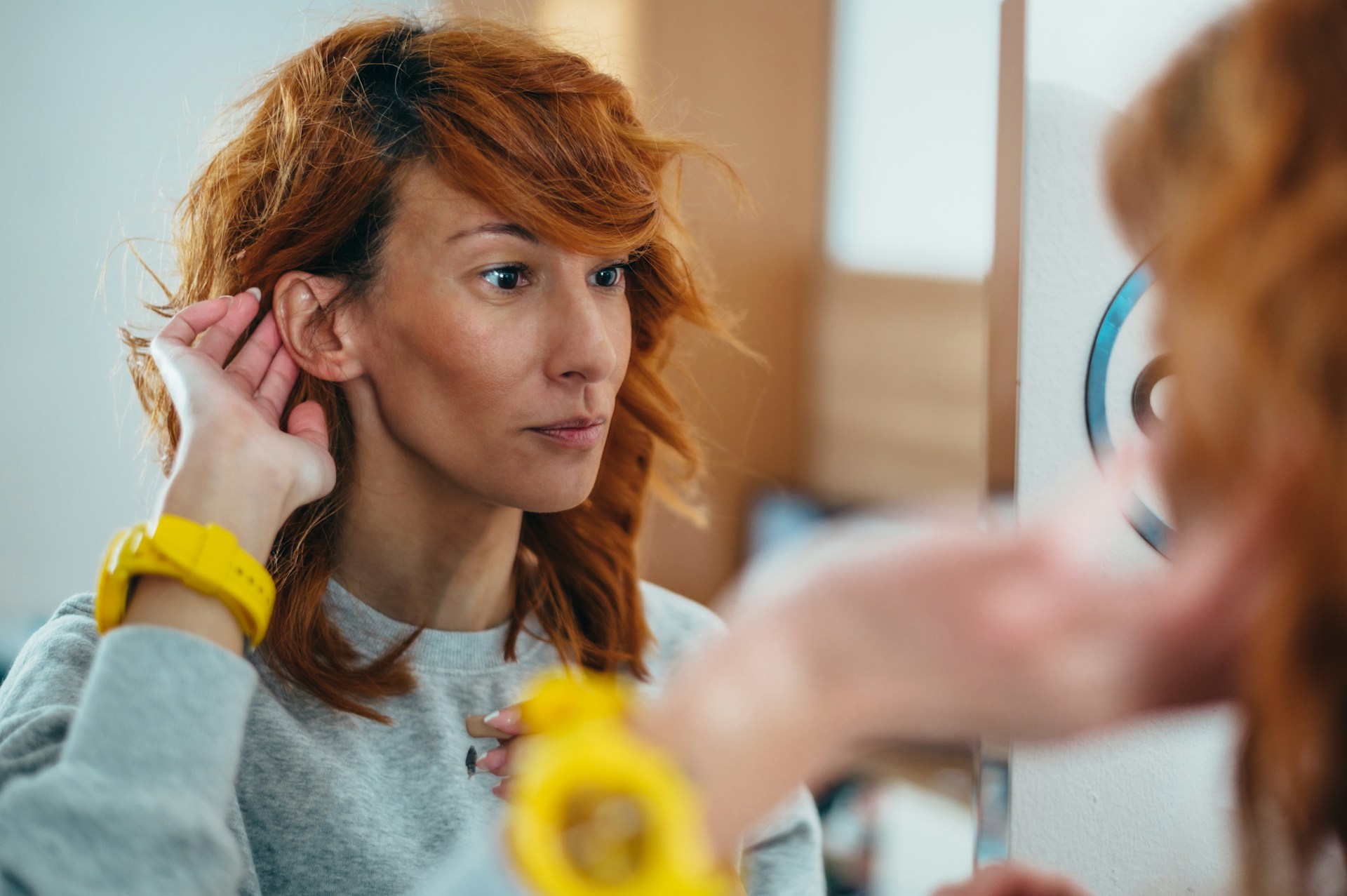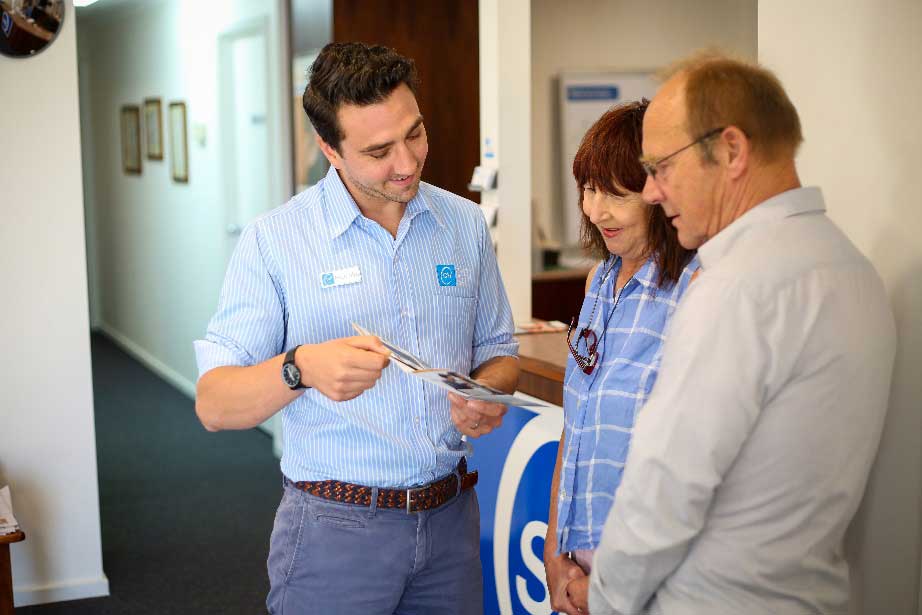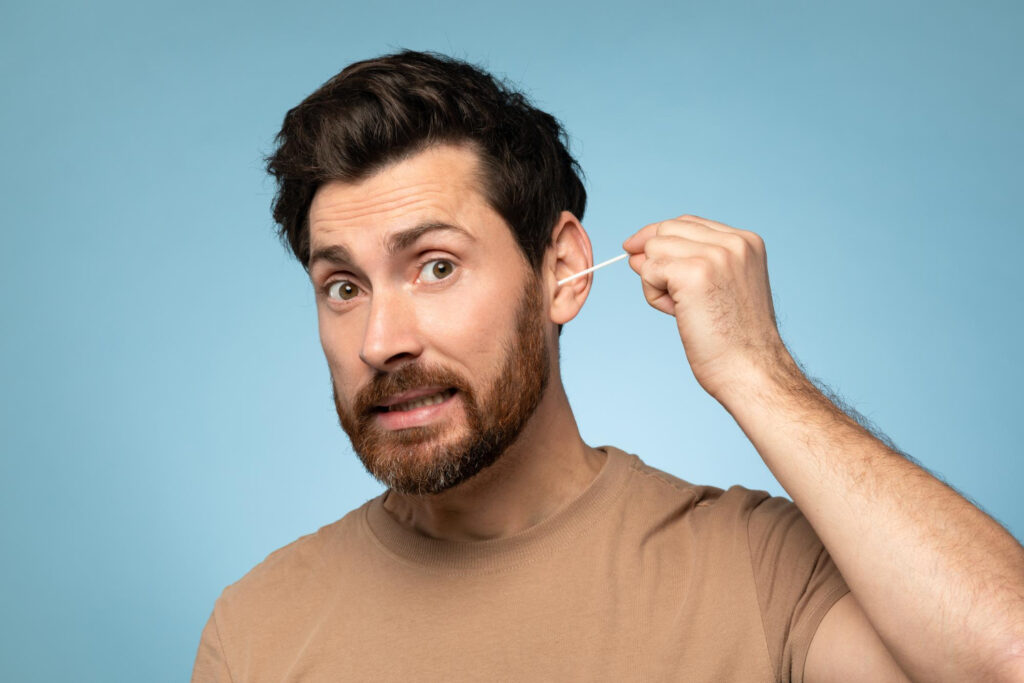Taking care of ear health is essential to ensure clear hearing and overall well-being. Among the various aspects of ear care, managing earwax build-up is something many overlook, yet it plays a significant role in looking after our ears between professional appointments. Earwax might seem trivial, but when it accumulates too much, it can lead to various problems, including discomfort, reduced hearing, and even infections. Understanding how to handle earwax effectively ensures that these issues are avoided and your hearing remains in top condition.
While visiting a professional for ear cleaning is vital, there are simple methods to manage earwax build-up at home safely. Recognizing the signs of excessive build-up can help prevent complications and ensure that your ears remain healthy until your next appointment with an audiologist. Let’s explore what earwax is, why it’s important, and how you can manage it effectively at home.
Understanding Ear Wax: What It Is and Why It Matters
Earwax, or cerumen, is a natural substance produced in the ear canal. It serves several essential functions, such as protecting the ear, cleaning itself, and providing lubrication. It traps dust, debris, and small particles, preventing them from reaching the inner parts of your ear. It is slightly acidic, offering the added benefit of creating an environment less hospitable to bacteria.
Yet, like many things, balance is key. Too much earwax can lead to blockages, making it feel like you’re listening through a fog. Not enough, however, decreases the protective benefits, leaving your ear open to potential harms. Understanding this balance ensures you’re neither experiencing blockages nor leaving your ear unguarded.
Having the right amount of earwax means:
– A protective barrier against dirt and dust, keeping your inner ear safe.
– Natural moisture that prevents dry and itchy ear canals.
– A means to transport dead skin cells and debris out of the ear canal.
This balance can typically be maintained with the body’s natural cleaning process, where old earwax moves through the ear canal by chewing and other jaw movements, eventually flaking off or being washed away during bathing. Problems often arise when this process is disrupted, leading to a build-up that requires addressing either at home or during a visit to your audiologist. Keeping an eye on any changes in earwax production or texture can be a useful indicator of when it’s time for a check-up.
Safe Home Remedies for Managing Ear Wax Build-Up
When faced with earwax build-up, there are several safe home methods to consider. One easy way is to use a damp cloth. Simply moisten a soft cloth with warm water and gently clean the outer ear. This method helps remove any excess wax that’s built up around the ear canal entrance.
Another option is using mineral oil or baby oil. Just a few drops in the ear can soften the wax, making it easier to remove naturally. After letting the oil settle for a few minutes, tilt your head the other way and let gravity do its work. Rinsing with warm water can help wash the softened wax out, but take care not to insert any objects into the ear canal.
It’s crucial to avoid cotton swabs or sticks when cleaning ears at home. Although it might feel helpful, these objects often push wax deeper, which could lead to blockages or even damage the delicate ear canal or eardrum. This makes professional intervention necessary sooner than expected.
Signs You Need Professional Ear Cleaning
While taking care of earwax at home is beneficial, certain signs suggest it’s time to visit a professional. Symptoms such as hearing loss, a persistent earache, or that clogged feeling in the ear indicate it might be time to schedule an appointment with an ear specialist.
Here are a few red flags that show professional cleaning might be needed:
– Persistent earache or discomfort
– Reduced hearing clarity or muffled sounds
– A sensation of fullness or blockage in the ear
– Unusual itching inside the ear canal
If you notice any of these signs, it’s a good idea to seek professional advice to prevent further issues. A hearing specialist can safely remove excess wax, check for any underlying problems, and ensure your ear health is on track.
Tips for Preventing Excessive Ear Wax Build-Up
Preventing excessive wax build-up is generally easier than treating it. One of the simplest ways to maintain ear health is through regular check-ups with a healthcare provider. Routine visits allow them to monitor earwax levels and offer specific advice suited to your situation.
Here are some helpful tips to prevent wax problems before they start:
– Maintain good ear hygiene by regularly cleaning the outer ear with a damp cloth.
– Stay hydrated to keep earwax soft and moving naturally out of the ear canal.
– Avoid inserting any objects into the ears, including earbuds or fingers.
– Reduce exposure to loud noises, which can lead to ear protection methods like more wax.
By focusing on these practices, you can keep your ears in good shape between professional visits. It’s about making little changes that add up to significant benefits over time and ensuring your hearing remains sharp and your ears comfortable.
Keeping Your Ears Healthy Between Appointments
Maintaining ear health isn’t complex, but it requires a bit of attention to detail. Managing earwax build-up at home with safe practices ensures you’re caring for your ears effectively. Recognizing when to seek professional cleaning also plays a vital role in preventing more severe issues.
Regular ear check-ups with a specialist support ongoing ear health, catching any potential problems early. Plus, maintaining simple habits like good hygiene and hydration helps keep earwax issues at bay. By staying proactive, you preserve not just your hearing, but overall ear health, ensuring your ears function well for years to come.
If you’re ready to maintain healthy ears and avoid problems that earwax can bring, explore effective wax management techniques with Country Hearing Care. We offer professional solutions and guidance to keep your hearing in top form. Reach out to us for your next appointment and discover the difference expert care can make.










